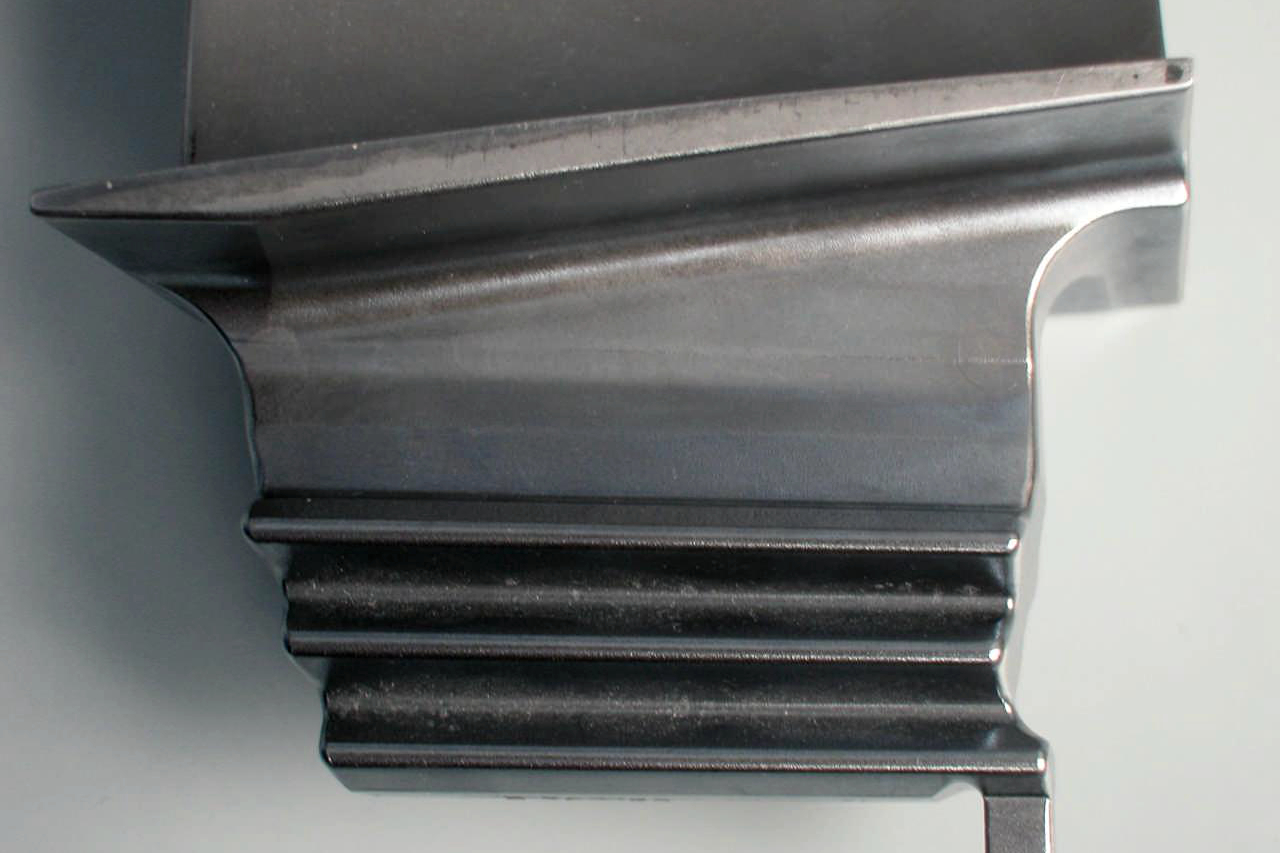High-Temperature Alloy Casting Turbine Parts Welding Factory
Certified Welding Services for Extreme-Temperature Alloy Cast Turbine Components
Turbine components made from high-temperature alloy castings operate in environments exceeding 1000°C and face continuous thermal fatigue, oxidation, and high-cycle loading. Welding these parts—typically cast from Inconel, Rene alloys, Hastelloy, and CMSX series—requires precision filler selection, gas shielding, and post-weld heat treatment to ensure dimensional recovery and metallurgical reliability.
Neway AeroTech operates a specialized superalloy welding factory focused on the repair and joining of cast turbine parts used in aerospace, power generation, and industrial energy systems. We deliver precision TIG and laser welds, supported by post-weld heat treatment, HIP, and complete dimensional and microstructural inspection.
Welding Technology for High-Temperature Alloy Castings
We offer integrated welding solutions for cast turbine blades, vanes, nozzles, shrouds, and combustion parts requiring high thermal and mechanical endurance.
TIG welding with matched high-temperature alloy filler metals
Laser welding for thin-wall, low-distortion seams
Glovebox or argon-shielded chambers to minimize oxidation
Post-weld heat treatment and hot isostatic pressing for fatigue life recovery
All processes follow AS9100D and NADCAP aerospace turbine welding protocols.
Typical Cast Superalloy Grades for Turbine Welding
Alloy | Max Temp (°C) | Yield Strength (MPa) | Turbine Application |
|---|---|---|---|
1050 | 880 | Nozzles, stator vanes | |
1050 | 880 | Blade rings, turbine segments | |
1175 | 790 | Transition ducts, exhaust cones | |
1140 | 980 | First-stage vanes, combustor liners |
These alloys are cast to net shape or near-net shape and then joined or repaired during final assembly.
Case Study: TIG Welding of Inconel 738 Combustor Nozzle Segment
Project Background
A 150 MW industrial turbine required weld repair on an equiaxed Inconel 738 nozzle segment. We performed TIG welding with ERNiCrCoMo filler, applied heat treatment at 980°C, and verified weld fusion using X-ray testing and CMM inspection.
Common Welded Turbine Components and Industries
Part Model | Weld Type | Alloy | Industry |
|---|---|---|---|
NSG-780 | TIG weld repair on trailing edge | Inconel 738 | |
VRC-550 | Laser seam weld on vane ring | Rene 80 | |
EDC-630 | Welded flange on transition duct | Hastelloy X | |
FBC-420 | Seal ring joint welding | CMSX-4 |
All components are tested for fatigue, dimensional conformity, and oxidation stability post-weld.
Welding Challenges in High-Temperature Cast Alloy Components
HAZ cracking forms when welding gamma prime alloys without interpass control below 150°C
Porosity appears when oxygen exceeds 100 ppm during TIG arc initiation
Undercut and grain coarsening occur if preheat and weld speeds are not optimized
Post-weld stress distortion >0.02 mm occurs without adequate fixturing during cooling
Insufficient filler matching can reduce creep life by over 15% in turbine-grade castings
Professional Welding Solutions
Argon shielding <50 ppm during welding eliminates surface oxidation and internal porosity in welds on Inconel and Rene parts
TIG welding with ERNiCrMo-3 matched filler restores thermal fatigue resistance up to 1050°C for hot section applications
Laser welding at ≤250 W ensures precision seams in thin-walled Hastelloy ducts without heat-affected warping
Post-weld heat treatment at 980°C for 2 hours relieves residual stress and restores gamma prime structure
HIP at 1030°C, 100 MPa for 4 hours removes internal porosity, increases fatigue life, and meets OEM turbine repair standards
Results and Verification
Welding Execution
Cast nozzle segments were TIG welded with 3 mm fillet buildup, blended to ±0.01 mm tolerance. Weld arc current was controlled at 70–90 A to minimize HAZ expansion.
Post-Weld Processing
Welded areas were heat treated at 980°C for 2 hours. Optional HIP eliminated casting porosity. Finished parts were CNC profiled to final specification.
Inspection
X-ray inspection confirmed 100% fusion and no voids. CMM inspection ensured dimensional compliance within ±0.008 mm. SEM analysis validated microstructure recovery and weld grain continuity.
FAQs
What high-temperature alloys are commonly welded in cast turbine components?
How do you prevent cracking in gamma prime-rich turbine alloys?
What heat treatment and HIP procedures follow welding?
How is fusion quality validated after welding?
Do you support both OEM turbine production and overhaul repairs?

